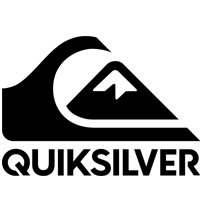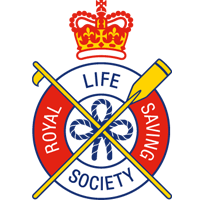You’ve spent hours packing your kit, everything is ready, your wetsuit is dry, lunch is packed and you head to the beach to find the surf is absolutely………….
flat.
It’s happened to us all regardless of experience but there are a few things to minimise the chances of getting caught out by poor surf conditions.
Luckily we live in an age where up to the minute data is provided over the internet from swell buoys and weather stations around the country (and world) so we can now reasonably predict when the surf will be at it’s best and when it’s best to avoid.
Where can I get a good Surf Forecast?
The internet is awash with hundreds of good weather and surf forecasting sites but where do you start?
[themedy_columns structure=”50|50″][themedy_col position=”a”]
Magic Seaweed
Sometimes called TragicMislead but this is unfair. What you get at MagicSeaweed is all the data in one spot tailored to your own surf break in a very simple format. You get everything from swell height, wind direction and speed, swell period and tide times.
Magic seaweed is a great place to start to give an overall feel of what the surf will be like on any given day but like all things the devil is in the detail. [/themedy_col][themedy_col position=”b”]
[/themedy_col][/themedy_columns][themedy_columns structure=”50|50″][themedy_col position=”a”]
Wind Guru
One of the criticisms of Magicseaweed (again, unfair in my view) is of the wind data that it aggregates and then presents for you.
Seasoned surfers head to WindGuru where the wind information is excellent. The information is raw and not presented as prettily but once you get used to it you will find everything you need here.
The precipitation guide (not that you’re worried about a bit of rain are you?) near the bottom of the page is fiendishly accurate.
[/themedy_col][themedy_col position=”b”]
 [/themedy_col][/themedy_columns][themedy_columns structure=”50|50″][themedy_col position=”a”]
[/themedy_col][/themedy_columns][themedy_columns structure=”50|50″][themedy_col position=”a”]
Surf-Forcast
Shhh…. this one is a bit of a guilty secret for the surf nerds. This is principally because it has a row of information dedicated to wave Energy.
And what does that mean?
In very simple terms if the wave energy is less than 50-100kj then surfing is going to be really hard. The waves literally won’t have enough power to push you along.
100-1000kj is surfable and more than 5000kj is absolutely off it’s grid – best avoided.
[/themedy_col][themedy_col position=”b”]
 [/themedy_col][/themedy_columns]
[/themedy_col][/themedy_columns]
Arghhh, my internet is down, what do I do?
Calm down. This grizzly preview of a post apocalyptic future with no broadband probably won’t last long. In the event that you should you find yourself in a godforsaken hell-hole with no internet, or Cornwall, then there is still hope.
[themedy_columns structure=”50|50″][themedy_col position=”a”]
First head to a newsagent…..
Buy a newspaper and look for the weather page. Most of them still have a pressure chart where you can get an idea of what the surf is like.
In the example to the right you will see a high pressure, marked ‘H’, over land (very good – settled weather, light winds, winds circulating in a clockwise direction) and a low pressure, marked ‘L’, in the Atlantic (stormy weather, strong winds rotating anti-clockwise).
Here you have a storm out in the ocean creating waves and blowing them towards the Uk with a high pressure overland creating sunny weather with light winds.
[/themedy_col][themedy_col position=”b”]
 [/themedy_col][/themedy_columns]
[/themedy_col][/themedy_columns]
This is the dream scenario for the Uk (and Ireland) and should result in good surf.
One word of warning though. A wave travels at roughly 30mph so you will need to allow about three days for an open ocean swell to reach shore.
Plenty of time to read the rest of the paper.
If you want to read more about surf forecasting think about buying Tony Butts excellent book, Surf Science, an Introduction to Waves for Surfing.





